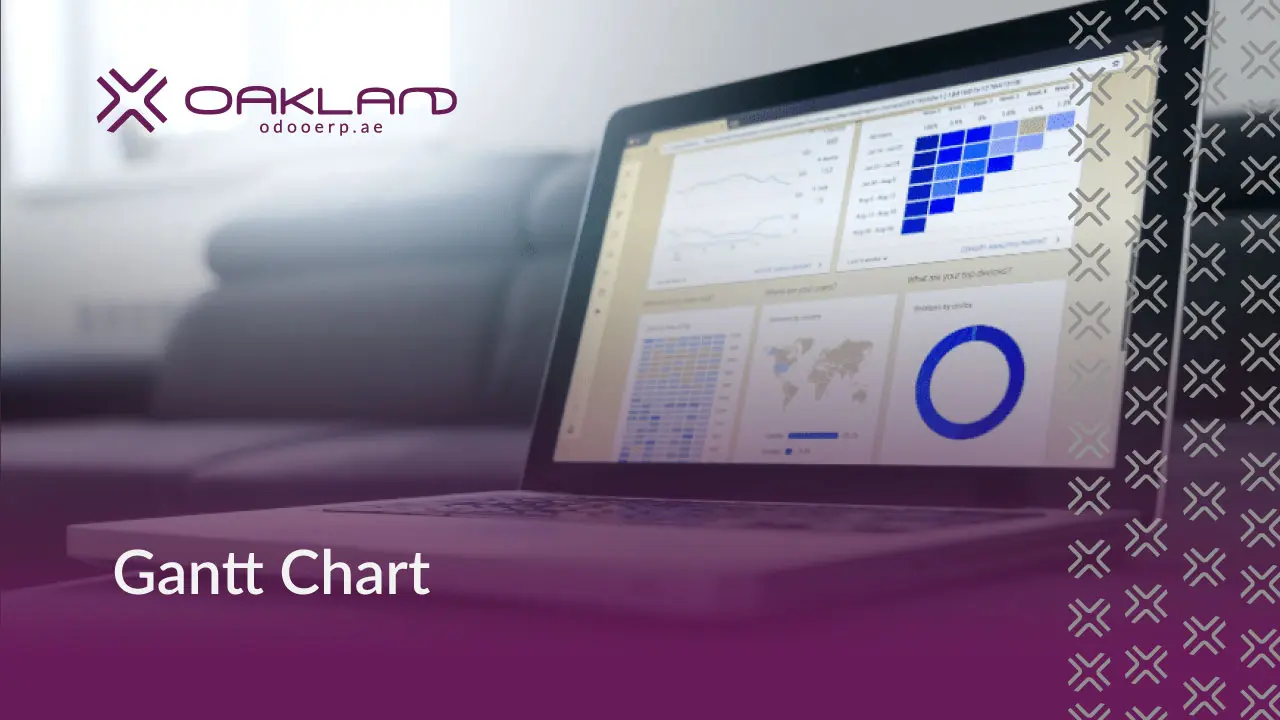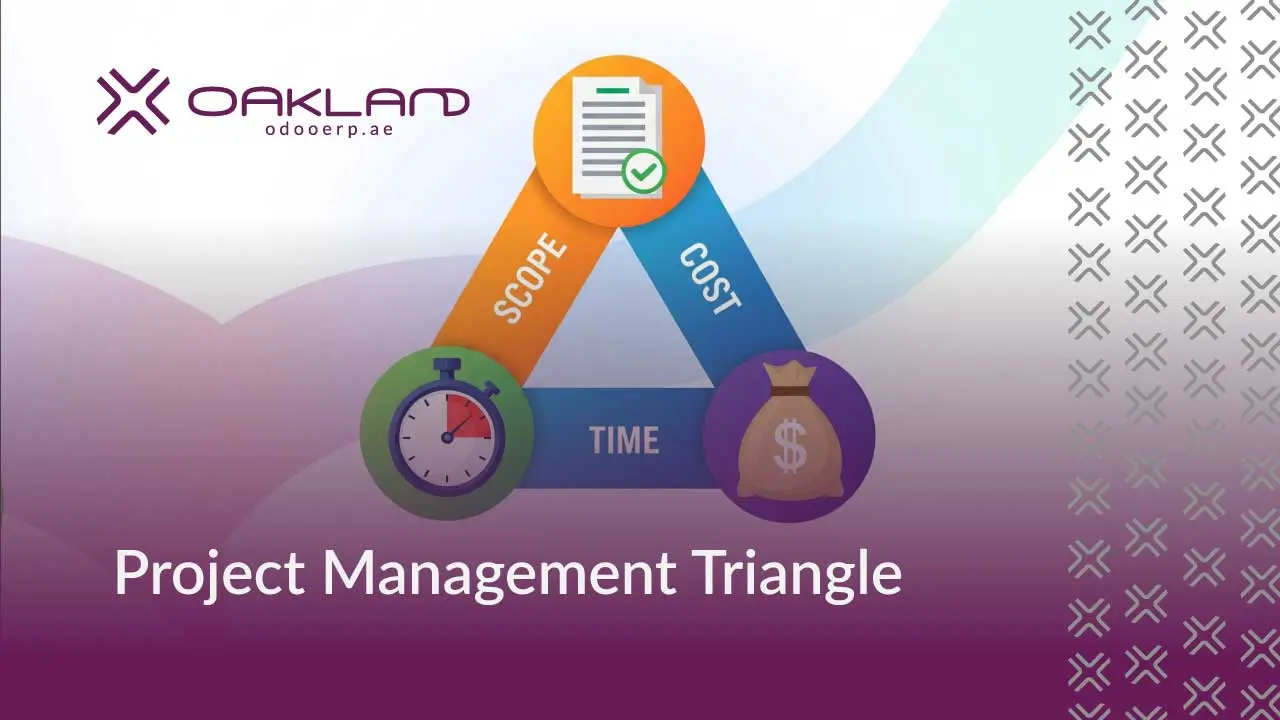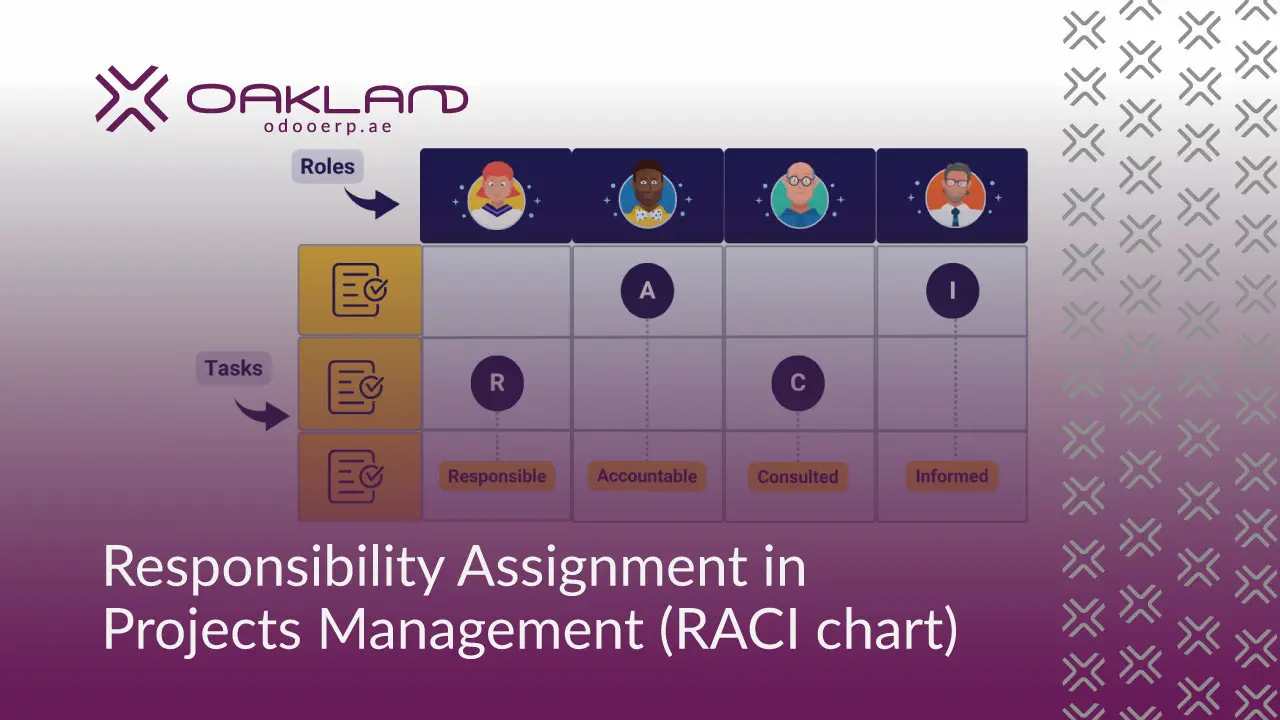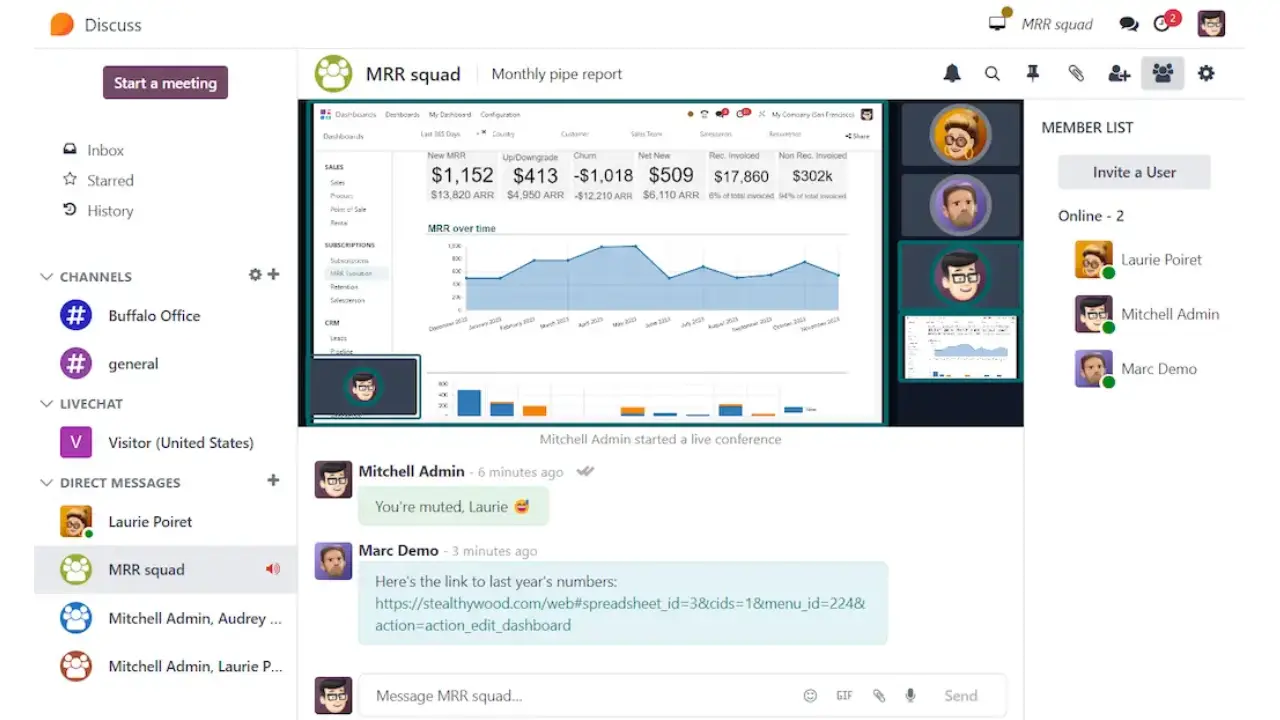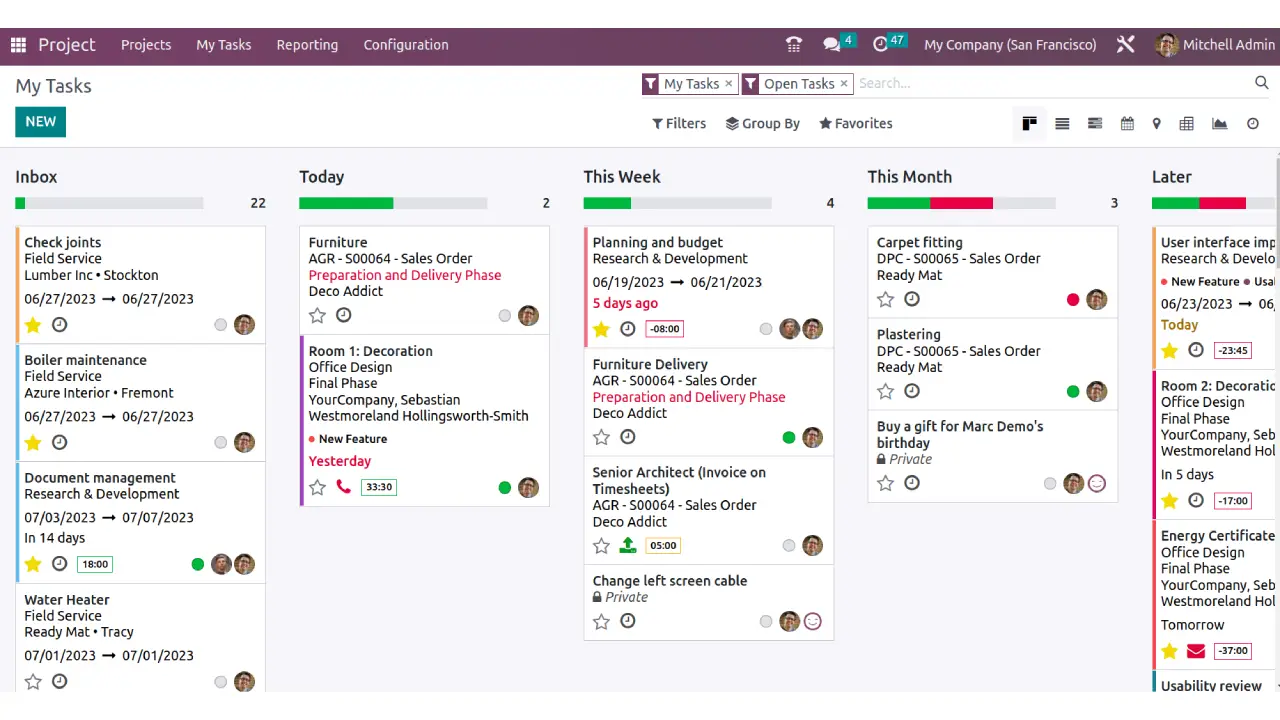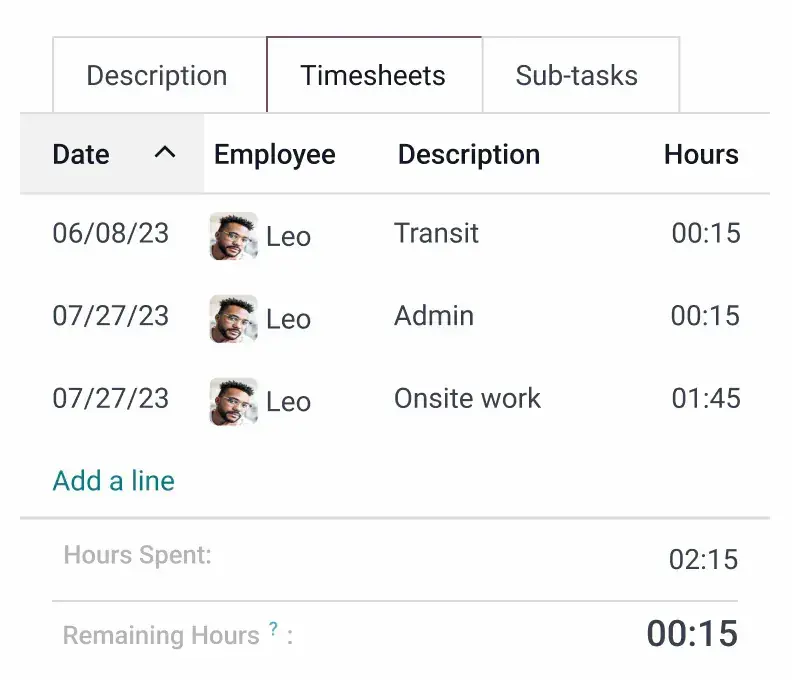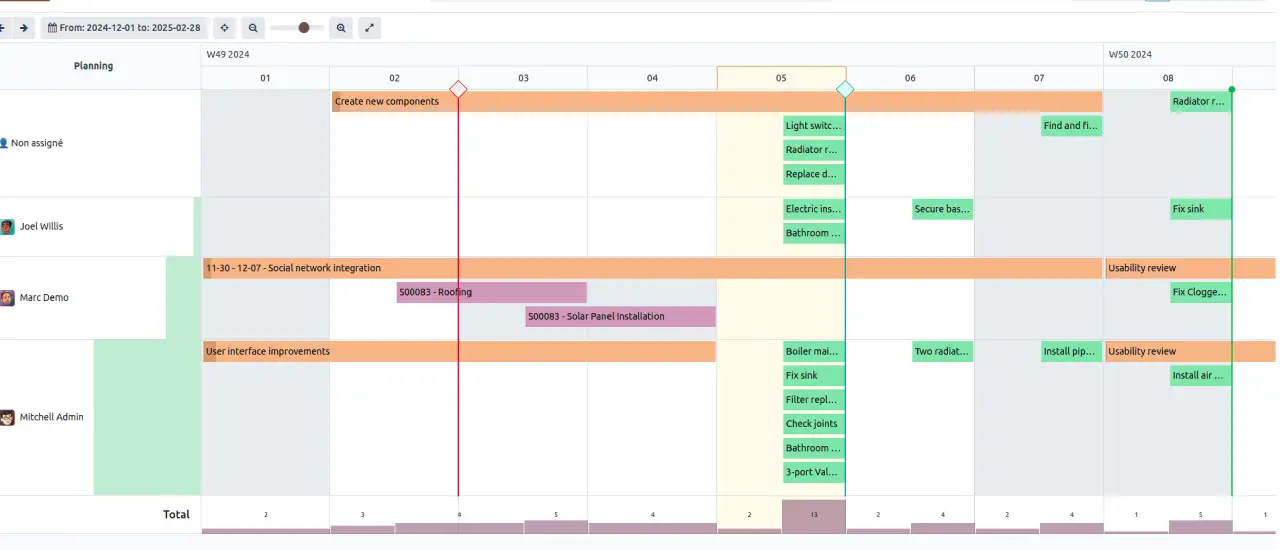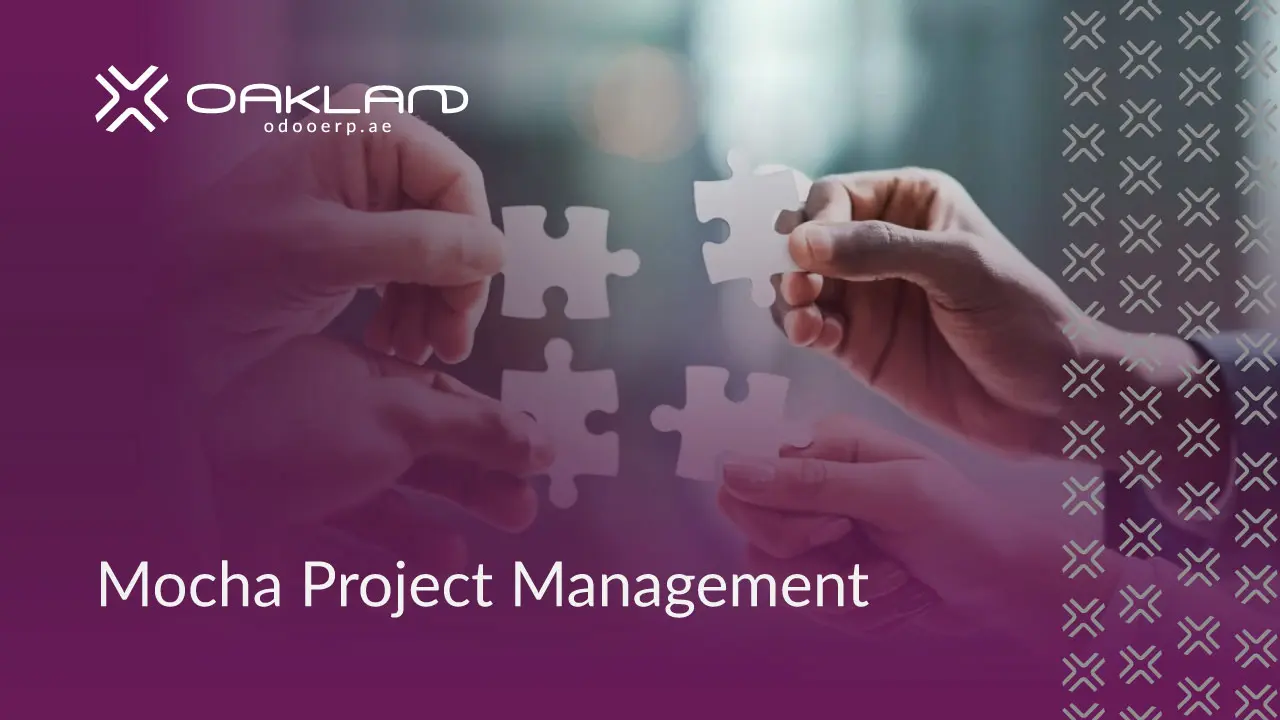Core Concepts of the Gantt Chart
A Gantt chart is a fundamental tool in modern project management. It provides a visual representation of a project’s schedule, breaking down complex timelines into an understandable format. Its utility spans across numerous industries, from construction to software development, making it an indispensable asset for project managers and teams.
What is a Gantt Chart
A Gantt chart is a type of horizontal bar chart that graphically describes project tasks against time. Each task is represented by a bar, the length of which corresponds to the time it will take to complete. This format converts what could be a dense list of tasks and deadlines into an easily digestible project schedule chart.
Who invented the Gantt chart? The Gantt chart is named after Henry L. Gantt, an American mechanical engineer who developed and popularized this tool around 1910-1915. However, Adamiecki published his work in Polish and Russian, which limited its reach. The name “Gantt chart” prevailed due to its promotion in the English-speaking world and its high-profile application in major U.S. initiatives, including World War I production efforts and the construction of the Hoover Dam.
The earliest Gantt charts were static documents, painstakingly drawn on paper. Any change to the project schedule required the entire chart to be redrawn, which severely limited its practical use in dynamic project environments.
The evolution of the Gantt chart accelerated dramatically with the advent of personal computers in the 1980s. This technological shift allowed for the creation of complex, easily modifiable digital charts.
How to Read a Gantt Chart Effectively
To read a Gantt chart effectively, one must understand its visual language. Progress indicators are a key feature of modern charts. Shaded portions within a task bar typically show the percentage of work that has been completed for that task, providing an instant status update.
Another common feature is a vertical line, often labeled “Today,” that runs through the timeline at the current date.
The task list grid on the left side of the chart contains more than just task names. It typically includes columns that specify the task owner or the resources assigned to the work.
This visual shorthand allows for rapid identification of key information without needing to read every detail in the grid.
| Component | Definition | Purpose |
| Task List (WBS) displayed in a simple gantt chart format can enhance visibility. | A hierarchical list of all project activities, typically on the vertical axis. | To define the entire scope of work and organize it into manageable parts. |
| Timeline | The horizontal axis representing time, scaled in days, weeks, or months. | To provide a chronological framework for the project schedule. |
| Task Bar | A horizontal bar whose length and position correspond to a task’s duration and schedule. | To visually represent when a task starts, how long it lasts, and when it ends. |
| Dependency | A line or arrow connecting two tasks, showing a sequential relationship. | To illustrate the logical order of work and prevent scheduling conflicts. |
| Milestone | A zero-duration marker (often a diamond) indicating a significant event or goal. | To highlight critical checkpoints, deadlines, or major achievements in the project. |
| Critical Path | The longest sequence of dependent tasks that determines the project’s minimum duration. | To identify the tasks that directly impact the project’s completion date. |
| Resource | The people, equipment, or materials assigned to a task. | To manage workload, allocate resources effectively, and ensure accountability. |
| Progress Indicator | A visual cue (e.g., shading) on a task bar showing the percentage of work completed. | To provide an at-a-glance view of project status and track progress against the plan. |
Before listing a single task, you must establish what the project aims to achieve, what problem it solves, and what the criteria for success are.
This foundational step involves identifying the project’s main deliverables. These are the tangible outcomes or results that the project will produce. A clear understanding of the goals and deliverables provides the guiding framework for all subsequent planning activities.
This hierarchical process deconstructs the project into smaller, more manageable activities and subtasks.
The challenge is to achieve the right level of granularity in the gantt chart to effectively track project components. The task list should be detailed enough to be actionable but not so overly detailed that the Gantt chart becomes cluttered and difficult to manage.
Phase 2 Scheduling and Dependency Mapping
Once all tasks are identified, the next step is to estimate the duration for each one.
For accurate estimates, it is a best practice to consult the team members who will be responsible for executing the work.
This involves determining the logical sequence of work—clarifying which tasks must be completed before others can begin and which can be performed in parallel.
Beyond personnel, this step also involves allocating any other necessary resources, such as specialized equipment, software licenses, or budget allocations.
Finally, you must choose the appropriate tool to build and manage your Gantt chart. For simple projects, a free Gantt chart template in a program like Microsoft Excel or Google Sheets may be sufficient.
For more complex projects, dedicated project management software is the superior choice. Tools like Asana, Wrike, GanttPRO, or TeamGantt offer dynamic, collaborative Gantt charts with advanced features like automatic scheduling, integrated resource management, and real-time progress tracking.
Gantt Charts in the Software Development Lifecycle
In software development, Gantt charts are used to create a high-level visual roadmap of the entire project lifecycle. This includes mapping out major phases such as initial planning, UI/UX design, development sprints, quality assurance testing, and final deployment.
This visual timeline is especially valuable for communicating with non-technical stakeholders, such as executives or clients. It provides a clear, understandable overview of the project’s progress and projected completion date, which a more granular tool like a Scrum board may not offer.
At first glance, the rigid, timeline-based structure of a Gantt chart seems incompatible with the flexible, iterative nature of Agile methodologies. However, in practice, teams have adapted the tool to create a powerful hybrid approach. The “Agile Gantt chart” is not used for minute, upfront planning of every task.
Instead, it is used for high-level release planning, where each sprint is represented as a single task bar on the timeline.
Dependencies would link the design phase to the start of development, and development completion to the start of testing, ensuring a logical progression through the lifecycle.
Using a Gantt Chart for a Research Project
While research projects can be exploratory, they still benefit immensely from the structure and organization that a Gantt chart provides. It helps researchers create a clear plan and timeline for every stage of their work, from the initial literature review to the final publication.
A research project plan laid out in a Gantt chart would map out key phases such as “Defining Research Goals,” “Methodology Design,” “Data Collection,” “Data Analysis,” and “Drafting Manuscript”.
It also clarifies dependencies; for instance, data analysis cannot logically begin until the data collection phase is complete.
Strategic Use and Limitations
While the Gantt chart is a powerful and widely used project management tool, it is important to understand both its strategic advantages and its potential limitations. Its effectiveness depends on the context of the project and the discipline with which it is applied.
Why is a Gantt Chart Important
One of the greatest strengths of a Gantt chart is its ability to provide a clear, visual representation of a complex project plan. It can reduce the need for lengthy status update meetings, as progress and upcoming deadlines are immediately apparent from the chart itself.
By visualizing tasks, durations, and deadlines, Gantt charts significantly improve time management and help keep projects on schedule. When this happens, the chart loses its primary benefit of providing clarity and can become more of a hindrance than a help.
The tool acts as a forcing function for planning discipline; its visual output directly reflects the quality and logic of the underlying project plan. If the plan itself is flawed, the chart will expose that flaw. In dynamic project environments, plans change frequently. If these changes are not reflected in the Gantt chart in real-time, it can create a dangerously misleading picture of the project’s true status. These templates typically use a table for task input and conditional formatting to automatically generate the bar chart visualization.
While accessible, these spreadsheet-based templates are best for projects that do not require significant collaboration or frequent schedule adjustments. Their manual nature can become cumbersome as project complexity increases.
For more robust needs, dedicated project management software is the ideal source for templates. Platforms like GanttPRO, TeamGantt, and Wrike offer a library of professional, ready-made templates tailored to specific industries and project types, such as construction, marketing, or event planning.
| Feature | Gantt Chart | Kanban Board | PERT Chart |
| Primary Use | Scheduling & Progress Tracking | Workflow Management | Planning & Dependency Analysis |
| Visual Format | Horizontal Bar Chart with Gantt charts help in visualizing project timelines effectively. | Vertical Columns with Cards | Network/Flowchart Diagram |
| Focus | Time & Deadlines | Flow & Process Limits (WIP) | Dependencies & Critical Path |
| Flexibility | Moderately Flexible | Highly Flexible | Less Flexible |
| Best For | Projects with defined timelines | Continuous, iterative workflows | Complex projects with uncertainty |
Learn about “Mastering the RACI Chart for Responsibility Assignment in Projects” in this informative blog post.
